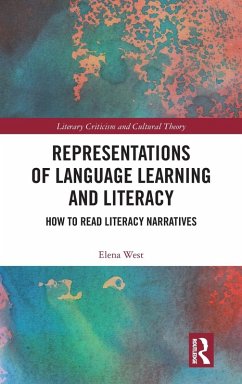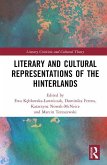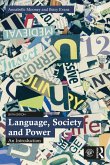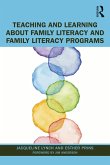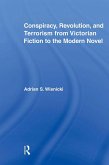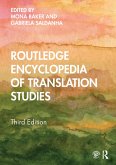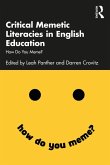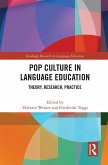Representations of language learning and literacy, also known as "literacy narratives" are a staple of literature. They tell stories of conflict that illuminate the sociocultural dynamics whereby we learn to speak, read, and write. Yet, they tend to be read as stories about the "powers" of language and literacy - the power to make someone "human", to form identity, and improve one's social status. This book introduces the "literacy narrative approach", a methodology for the study of literacy narratives that accounts for the conflict that pervades them. It achieves this by focussing on how the texts represent the interactions between writing and other semiotic modes (multimodality).
Sitting at the interface between theory and practice, it provides three practical applications of the literacy narrative approach and, in the process, develops a theoretical perspective for thinking about language learning, literacy, and communication as they are practised in the real world.
Sitting at the interface between theory and practice, it provides three practical applications of the literacy narrative approach and, in the process, develops a theoretical perspective for thinking about language learning, literacy, and communication as they are practised in the real world.
"Representations of Language Learning and Literacy reminds us that literacy narratives powerfully reveal the systemic institutional forces shaping our experiences learning to speak, read, and write. West offers historical and comparative views of literacy narratives, beginning with the case study of eighteenth-century "feral child" Victor of Aveyron and examining culturally diverse examples from Richard Rodriguez's Hunger of Memory and Vincenzo Rabito's Mad Land. In a moment marked by increasing book bans and calls to restrict "woke" curricula, West's book is a must-read for teachers and scholars committed to developing responsive and mindful approaches to literacy instruction."
-Dr. Ben McCorkle and Dr. Michael Harker, Co-Directors, The Digital Archive of Literacy Narratives
-Dr. Ben McCorkle and Dr. Michael Harker, Co-Directors, The Digital Archive of Literacy Narratives
"Representations of Language Learning and Literacy reminds us that literacy narratives powerfully reveal the systemic institutional forces shaping our experiences learning to speak, read, and write. West offers historical and comparative views of literacy narratives, beginning with the case study of eighteenth-century "feral child" Victor of Aveyron and examining culturally diverse examples from Richard Rodriguez's Hunger of Memory and Vincenzo Rabito's Mad Land. In a moment marked by increasing book bans and calls to restrict "woke" curricula, West's book is a must-read for teachers and scholars committed to developing responsive and mindful approaches to literacy instruction."
-Dr. Ben McCorkle and Dr. Michael Harker, Co-Directors, The Digital Archive of Literacy Narratives
-Dr. Ben McCorkle and Dr. Michael Harker, Co-Directors, The Digital Archive of Literacy Narratives

